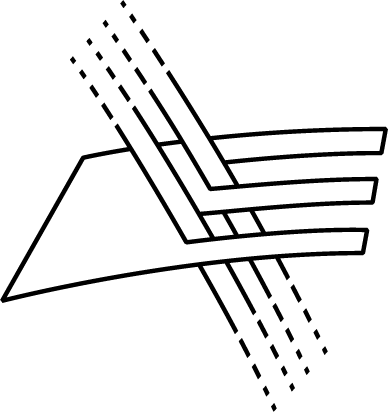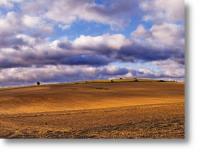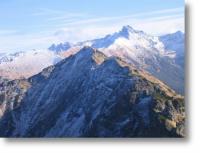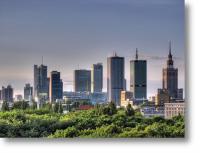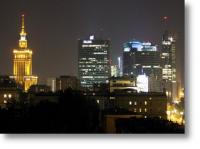Where We Are
Article index
Poland
In the northern part of the country, long and wide sandy beaches stretch along the Baltic Sea for over 500 kilometers. Just a few kilometers south of the coast, the landscape becomes hilly. More than three thousand lakes, numerous rivers, and lush forests form a beautiful natural scenery that attracts sailors, canoeists, water skiers, fishermen and all those who love direct contact with nature. The predominantly flat central Poland with a number of picturesque villages and cities which witnessed the origins and development of Polish statehood is a must for connoisseurs of history, architecture, art and culture. The southern part of the country features a diversified terrain full of beautiful valleys, rocks of fantastic shapes, caves, and health spas. Two major mountain chains, the Carpatians and the Sudety, with thousands of hiking and ski trails offer their beauty all year long.
Poland is a country with more than a thousand years of turbulent history. It is also a country with a great cultural and scientific heritage, the birthplace of Nicolas Copernicus, Frederic Chopin, Henryk Sienkiewicz, Maria Curie-Skłodowska, Arthur Rubinstein, Ignacy Paderewski, Krzysztof Penderecki, Stanisław Lem, and Karol Wojtyła — the previous Pope John Paul II.
Although the people of Poland have had more than their fair share of hardship, they have always been able to overcome obstacles and face new challenges. Poles are, for the most part, friendly, outgoing, smiling people with big hearts. Respect for tradition goes hand in hand with modernity. Poland is now a member of the European Union, leading post-communist Central and Eastern Europe with unprecedented reforms transforming the political and economic structures of the country and the lifestyles of its citizens.
Warsaw
Warsaw has seven centuries of history full of hardship. During World War II alone, 90% of the city was destroyed, as the Nazi authorities intended to erase Warsaw from the map of Europe. It raised itself from ruin like the phoenix emerging out of the ashes. In 1980, the heart of Warsaw - the Old Town - restored with amazing detail, was added by UNESCO to the world heritage list. Over the centuries, the Old Town has witnessed a number of events of primary importance to the nation's history. In 1773, in the Royal Castle, the Polish Parliament established Europe's first Ministry of Education, the Commission for National Education. In the same place, in 1791, the Constitution of May the Third, Europe's first and the world's second (after that of the United States) written democratic constitution was signed. You can absorb the history of Warsaw and Poland just by walking around the city and visiting palaces, museums, churches and cemeteries.
As the capital of the country, Warsaw is the center of public and cultural life; there are hundreds of galleries, theaters, cinemas, music scenes; several prestigious International cultural festivals and competitions take place here every year.
Warsaw is a nice city to stay in. Located on both sides of the Vistula river, it has numerous parks and gardens, including the world-renowned palace and park complex, Łazienki, where a piano concert takes place every Sunday. Mild weather makes outdoor activities pleasurable from mid-spring to late fall; in winter you can sometimes enjoy snow covering streets and trees. More important, with its 1.8 million population Warsaw managed to avoid many of the social problems that have affected large North American and European cities.
Warsaw is also one of the largest academic centers in Europe. More than 250000 young people are currently studying at more than 60 universities and colleges. We, engineers, are particularly proud of one of these — the Warsaw University of Technology.

